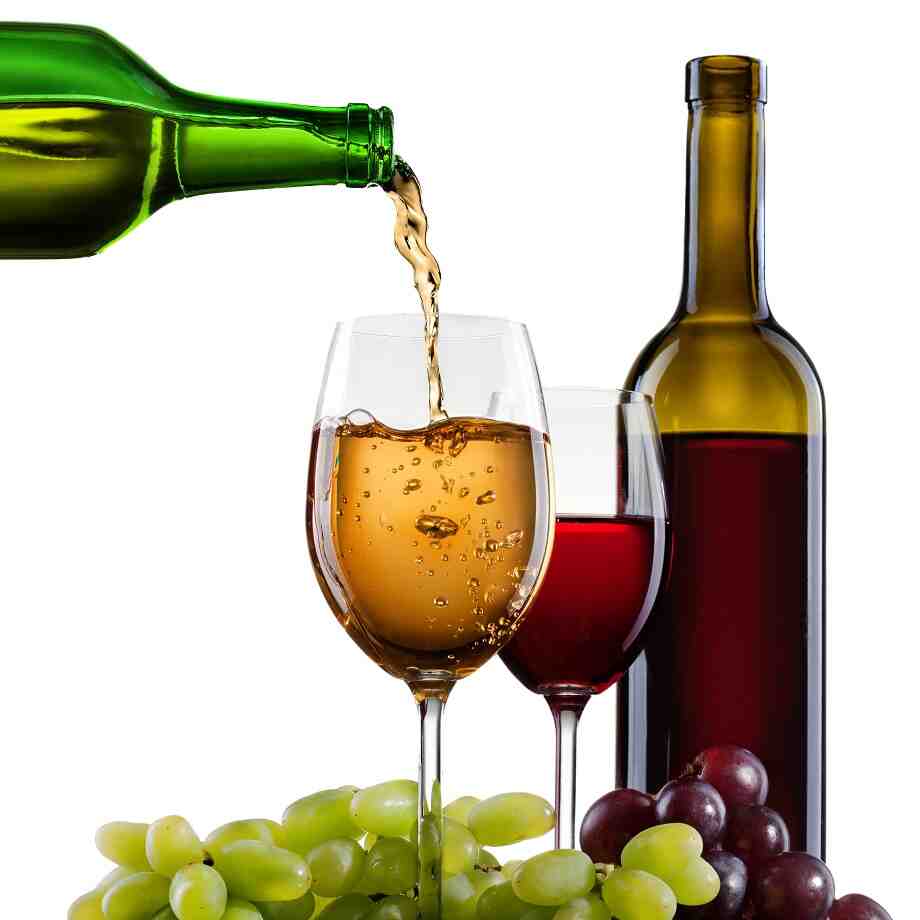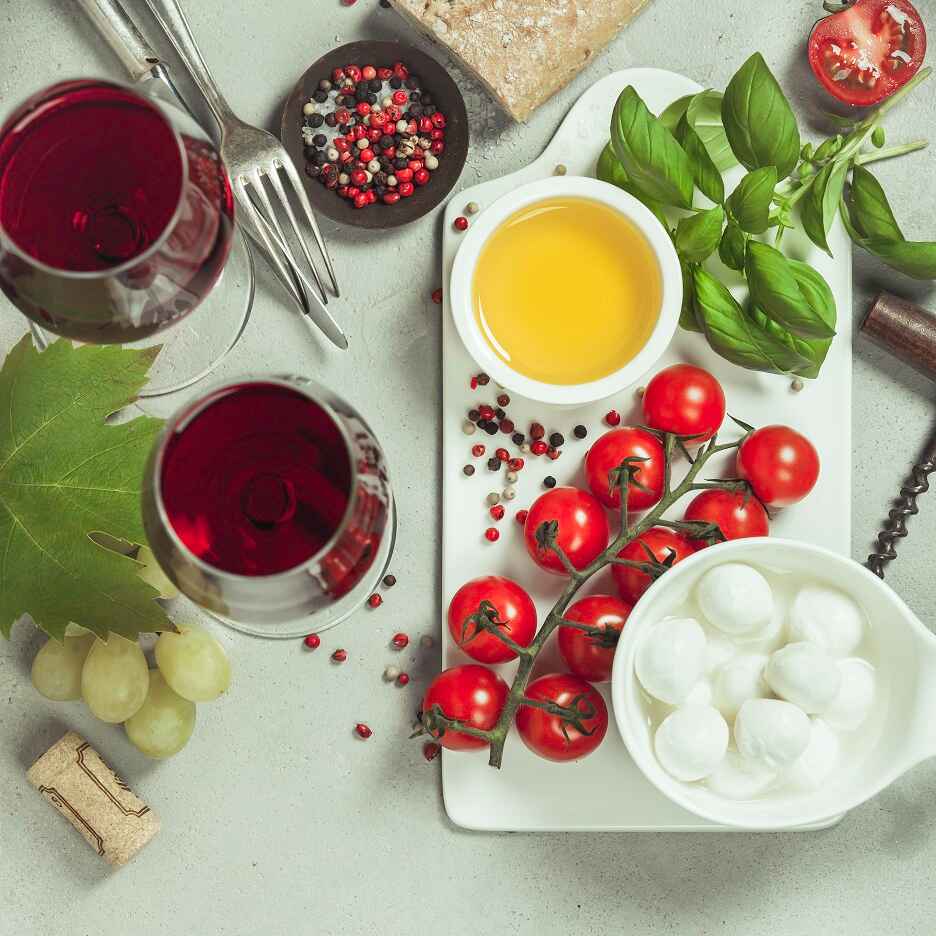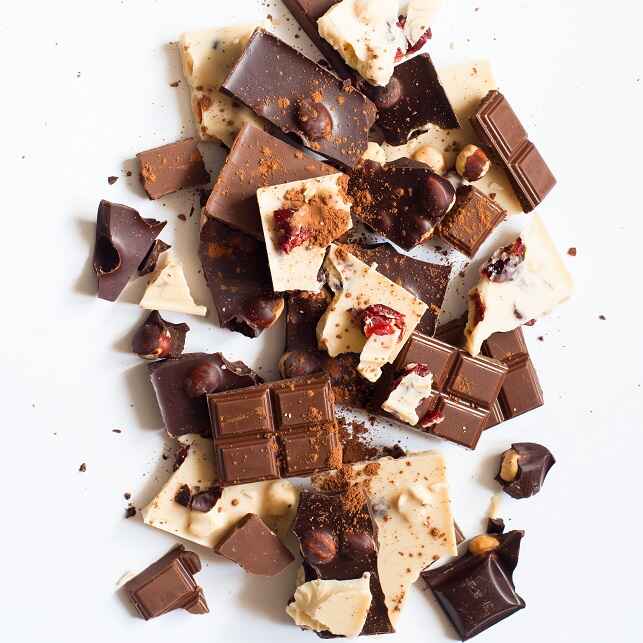The Best Wines to Pair with Cheese: A Match Made in Heaven
Wine and cheese are one of the most celebrated culinary pairings in the world. The rich textures, complex flavors, and contrasting elements of both wine and cheese make them an ideal duo for elevating your dining experience. However, with the vast array of cheeses and wines available, choosing the right combination can be overwhelming. Fear not! In this guide, we’ll explore some of the best wines to pair with cheese, offering tips and ideas for creating the perfect match.
The Basics of Wine and Cheese Pairing
When pairing wine with cheese, the key is balance—matching the characteristics of the wine with the flavors, textures, and fat content of the cheese. To help guide you in your pairing journey, here are a few general principles:
- Match Intensity: Just like with food, balance the intensity of the wine and the cheese. A delicate, mild cheese pairs well with a light-bodied wine, while bold, strong cheeses need a more robust wine to stand up to their flavor.
- Consider Texture: The creamy, fatty texture of cheeses like Brie or Camembert calls for wines with enough acidity to cut through that richness. In contrast, crumbly, hard cheeses like Parmesan pair well with wines that have structure and tannins.
- Regional Pairing: A classic principle is to pair wines and cheeses from the same region. For example, a Bordeaux wine will pair well with a local French cheese like Comté or Brie.
- Balance Sweet and Savory: Sweet wines are excellent with salty cheeses, creating a delicious contrast. A rich blue cheese paired with a sweet wine like Sauternes is a prime example.
Now, let’s dive into some of the best wines to pair with different types of cheese.
1. Brie and Camembert – Soft, Creamy Cheeses
Brie and Camembert are both soft, creamy cheeses with a smooth texture and a mild, buttery flavor. These cheeses need a wine that can cut through their richness and complement their subtlety.
- Wine Pairing: Chardonnay (preferably unoaked)
- Why it works: A lightly oaked or unoaked Chardonnay, with its fresh acidity and fruit-forward profile, balances the creaminess of Brie and Camembert while enhancing their delicate flavors. A Burgundy Chardonnay works especially well, but a crisp California Chardonnay can also do the trick.
- Alternative Wine Pairing: Pinot Noir
- Why it works: The light body and fruit-forward character of Pinot Noir work well with Brie and Camembert. Pinot Noir’s subtlety complements the cheese without overwhelming it, while the wine’s acidity helps cut through the cheese’s creamy texture.
2. Cheddar – A Bold, Firm Cheese
Cheddar is one of the most popular and versatile cheeses, offering a firm texture and varying degrees of sharpness. Older Cheddars are more pungent and crumbly, while younger ones are smoother and creamier.
- Wine Pairing: Cabernet Sauvignon
- Why it works: The bold tannins and rich black fruit flavors of Cabernet Sauvignon match the strong flavors of mature Cheddar. The wine’s structure helps to cut through the fat of the cheese, while the flavors complement each other.
- Alternative Wine Pairing: Zinfandel
- Why it works: Zinfandel, with its bold, spicy character and slightly sweet finish, pairs perfectly with the sharpness of Cheddar. Zinfandel’s fruitiness and spice help balance the tangy flavors of the cheese.
3. Gouda – Nutty and Caramelized
Gouda is a semi-hard cheese that ranges from mild to nutty, and it often develops caramelized, sweet flavors as it ages. Aged Gouda, in particular, has a rich, crystalline texture and intense umami flavor.
- Wine Pairing: Merlot
- Why it works: The smooth, fruit-forward qualities of Merlot, along with its soft tannins, are an excellent match for the sweet and nutty flavors of Gouda. The wine’s round texture enhances the creaminess of the cheese, creating a rich pairing experience.
- Alternative Wine Pairing: Sherry (Oloroso)
- Why it works: The nutty, caramelized flavors of Oloroso Sherry complement aged Gouda beautifully. The richness and complexity of the Sherry mirror the deep flavors of the cheese, while the slight sweetness balances the cheese’s savory notes.
4. Brie de Meaux (French Brie) – Earthy and Creamy
Brie de Meaux is a French variety of Brie with a stronger, more earthy flavor. It has a creamy texture and a robust profile, making it a bit more complex than its more common counterparts.
- Wine Pairing: Chablis
- Why it works: Chablis, made from Chardonnay grapes grown in the cool climate of Burgundy, has a crisp acidity and minerality that complement the creamy texture and earthy notes of Brie de Meaux. The wine’s freshness helps balance the richness of the cheese.
- Alternative Wine Pairing: Champagne
- Why it works: The effervescence and acidity of Champagne cleanse the palate between bites of creamy Brie de Meaux, while its subtle flavors enhance the cheese’s complexity. Champagne’s delicate flavor profile won’t overpower the Brie but will highlight its earthy nuances.
5. Blue Cheese – Bold and Pungent
Blue cheeses, like Roquefort, Gorgonzola, or Stilton, are known for their strong, pungent flavors, often with a salty, tangy, and creamy character. These cheeses pair best with wines that can stand up to their intensity.
- Wine Pairing: Port
- Why it works: The rich, sweet flavors of Port contrast beautifully with the saltiness and tang of blue cheese. The wine’s fruitiness and smooth texture create a delightful contrast with the sharp, creamy flavors of the cheese.
- Alternative Wine Pairing: Sauternes
- Why it works: Sauternes, a sweet French wine made from botrytized grapes, pairs wonderfully with blue cheese. The wine’s honeyed sweetness and acidity balance the cheese’s saltiness and pungency, creating a delightful and luxurious pairing.
6. Parmesan (Parmigiano-Reggiano) – Hard, Nutty, and Salty
Parmesan is a hard, granular cheese known for its salty, nutty, and umami-packed flavor. It’s often grated over pasta but is also fantastic when eaten on its own or paired with other foods.
- Wine Pairing: Chianti Classico
- Why it works: The high acidity and rustic flavors of Chianti Classico complement the salty, nutty notes of Parmesan. The wine’s tannins cut through the cheese’s richness, making each bite and sip more enjoyable.
- Alternative Wine Pairing: Barolo
- Why it works: The bold tannins and earthy flavors of Barolo complement Parmesan beautifully. Barolo’s complexity matches the depth of flavor in the cheese, and the wine’s acidity helps to balance the saltiness of the cheese.
7. Manchego – A Spanish Sheep’s Milk Cheese
Manchego is a firm Spanish cheese made from sheep’s milk, with a rich, nutty, and slightly tangy flavor profile. Its distinct taste and firm texture make it an excellent choice for pairing with various wines.
- Wine Pairing: Tempranillo
- Why it works: The bold, fruity flavors of Tempranillo, particularly those from the Rioja region, pair perfectly with Manchego. The wine’s acidity and structure balance the richness of the cheese, while its earthy, spicy notes complement the nuttiness of the cheese.
- Alternative Wine Pairing: Sherry (Fino)
- Why it works: Fino Sherry, with its dry, nutty profile and crisp finish, is a traditional Spanish pairing with Manchego. The lightness and acidity of the Sherry enhance the cheese’s flavors while providing a refreshing contrast.
8. Fresh Goat Cheese – Tangy and Creamy
Fresh goat cheese (like Chèvre) is soft, tangy, and creamy, with an earthy flavor profile that can vary from mild to strong, depending on its age.
- Wine Pairing: Sauvignon Blanc
- Why it works: Sauvignon Blanc, with its crisp acidity and herbaceous notes, is a perfect match for fresh goat cheese. The wine’s fresh, zesty character complements the tanginess of the cheese, making for a bright, refreshing pairing.
- Alternative Wine Pairing: Rosé
- Why it works: The light fruitiness and acidity of a dry Rosé complement the fresh, creamy tang of goat cheese. It’s a versatile pairing that works particularly well with salads, roasted vegetables, or fresh herbs.
Conclusion: Exploring the Perfect Pairings
The beauty of pairing wine with cheese is in its versatility. Whether you’re enjoying a classic combination or venturing into something new, there’s a wine to suit every cheese. By understanding the fundamental principles of pairing—such as balancing intensity, matching textures, and considering regional varieties—you can create delightful combinations that will impress any guest or elevate your own cheese and wine experiences.
Experiment with different pairings, trust your palate, and enjoy the delicious harmony that comes when wine and cheese meet. Cheers!











